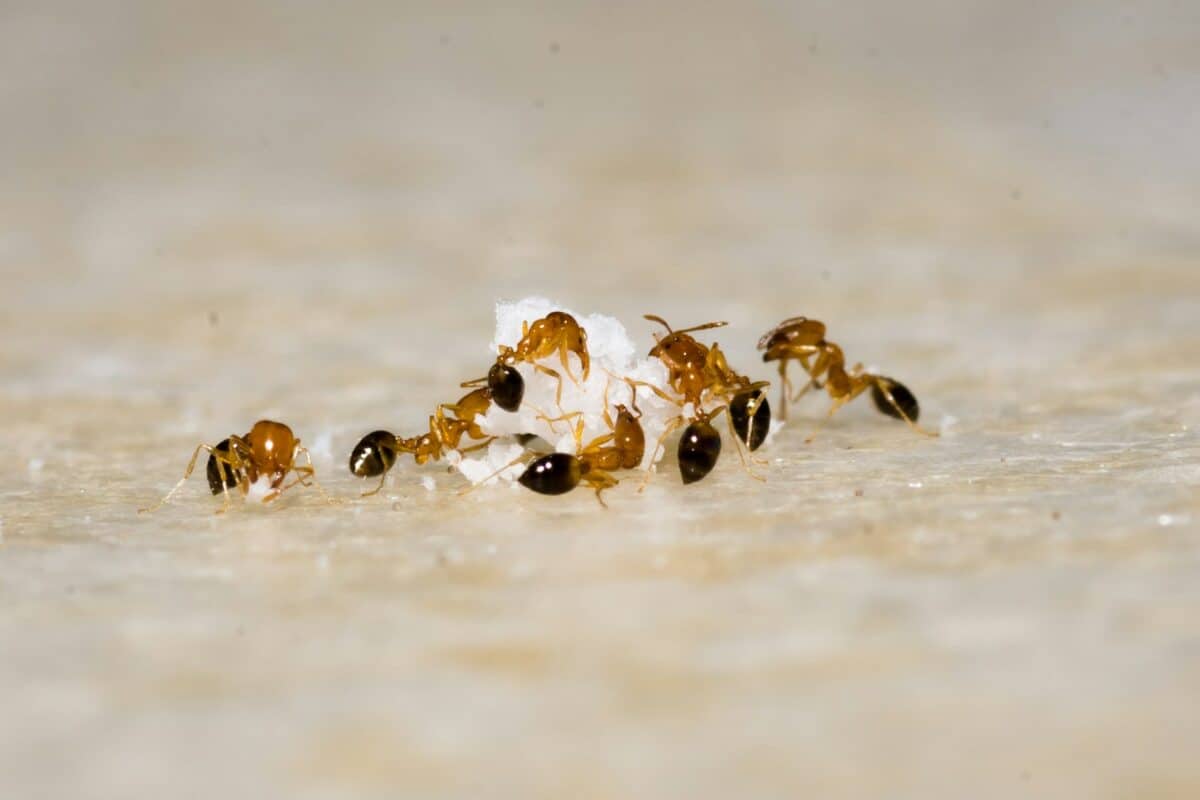In the diverse world of ant species, there exists a remarkable defender with an extraordinary survival mechanism that seems straight out of science fiction. The Camponotus saundersi, commonly known as the “exploding ant,” has evolved one of the most extreme forms of altruistic self-sacrifice in the animal kingdom. When their colony faces grave danger, these worker ants can deliberately rupture their own bodies in a process called “autothysis,” spraying toxic sticky yellow fluid onto enemies. This explosive defense mechanism has fascinated researchers for decades and represents one of nature’s most dramatic examples of kin selection and colony defense. Let’s explore this fascinating species and its unique evolutionary adaptation that takes self-sacrifice to an entirely new level.
The Exploding Ant’s Identity and Distribution

Camponotus saundersi belongs to a group now classified as Colobopsis, with several related species showing similar explosive capabilities. These remarkable ants are primarily found in the tropical rainforests of Southeast Asia, particularly in Malaysia, Brunei, Thailand, and parts of Indonesia. Living primarily in the canopies of trees, these ants have evolved in highly competitive environments where territorial defense is crucial for colony survival. Their arboreal lifestyle places them in constant contact with predators and competing ant species, likely contributing to the evolution of their dramatic defense mechanism. Unlike ground-dwelling ants that can retreat underground, these canopy dwellers needed alternative strategies to protect their colonies, resulting in one of the most extreme defensive adaptations in the natural world.
Anatomy of an Explosion: The Mandibular Glands
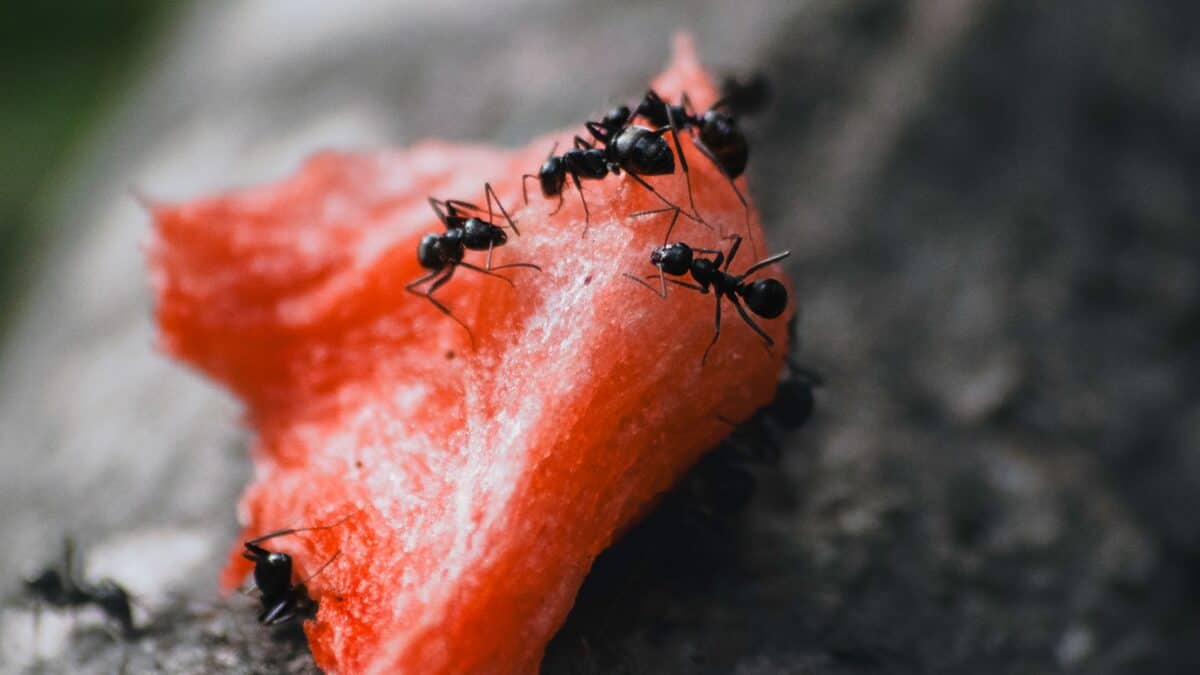
The explosive capability of Camponotus saundersi comes from their uniquely evolved anatomy. These worker ants possess enormously enlarged mandibular glands that run the entire length of their bodies, containing a toxic, corrosive substance. These specialized glands are so large that they significantly reduce space for other internal organs. When threatened, the ant can contract its abdominal muscles with tremendous force, rupturing its body wall and causing these glands to burst. This process releases the sticky, yellow toxic substance onto attackers. Under a microscope, researchers have observed that these glands comprise a significant portion of the ant’s internal volume, demonstrating how the species has physically evolved to prioritize colony defense over individual survival. This anatomical specialization represents one of the most extreme cases of evolutionary adaptation for altruistic defense in the animal kingdom.
Chemical Warfare: The Toxic Cocktail
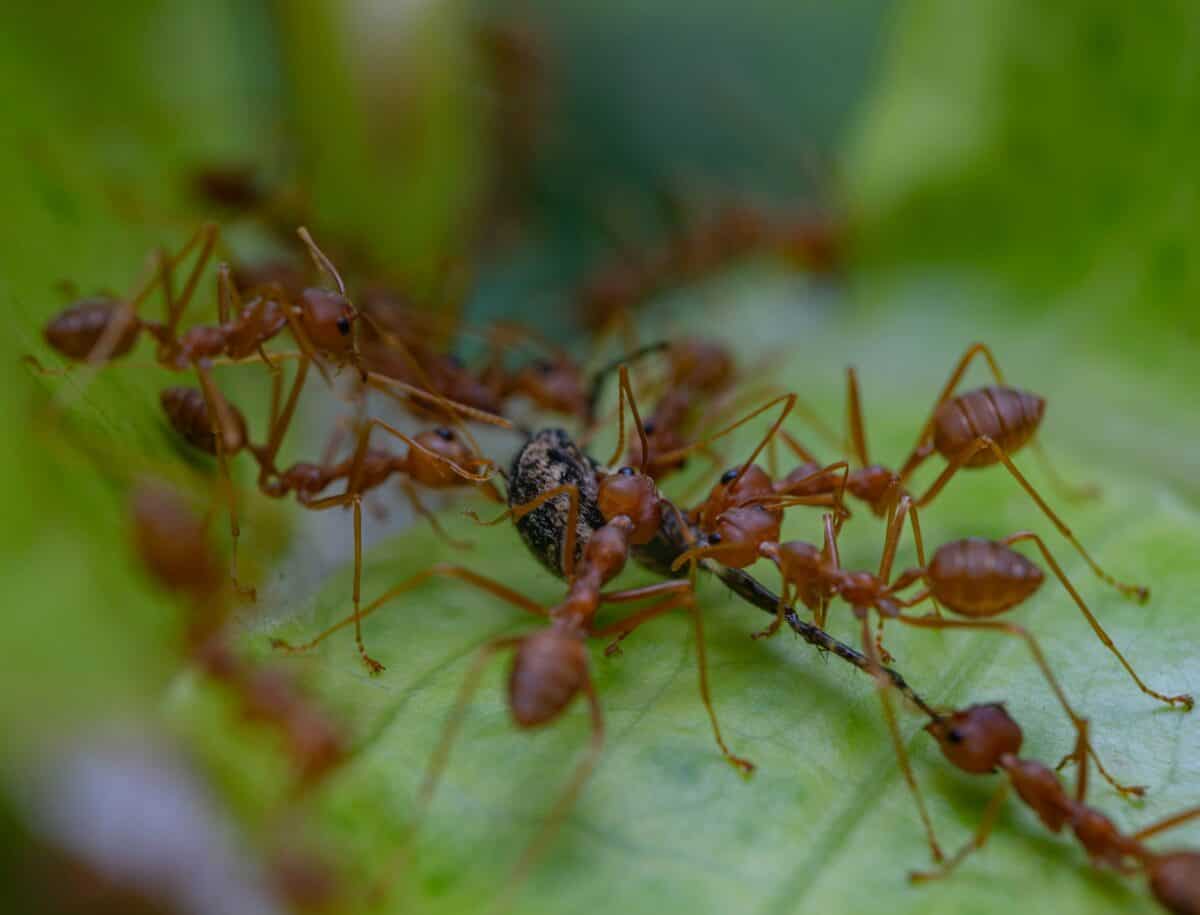
The substance expelled during the ant’s self-destruction is a remarkable chemical weapon. Scientists have analyzed this secretion and found it contains a complex mixture of corrosive compounds, primarily consisting of acetophenones and other sticky, caustic substances. These chemicals serve multiple functions in combat: they can immobilize attackers by adhering to their bodies, cause irritation or pain to deter predators, and even prove lethal to smaller arthropods. The toxic cocktail has antimicrobial properties as well, potentially preventing the spread of disease following combat interactions. Perhaps most impressively, this chemical mixture polymerizes upon exposure to air, becoming increasingly sticky and hardening over time, which means enemies contacted by this substance may remain permanently impaired. This sophisticated chemical arsenal demonstrates the evolutionary arms race that has occurred between these ants and their predators over millions of years.
The Ultimate Sacrifice: Autothysis Explained
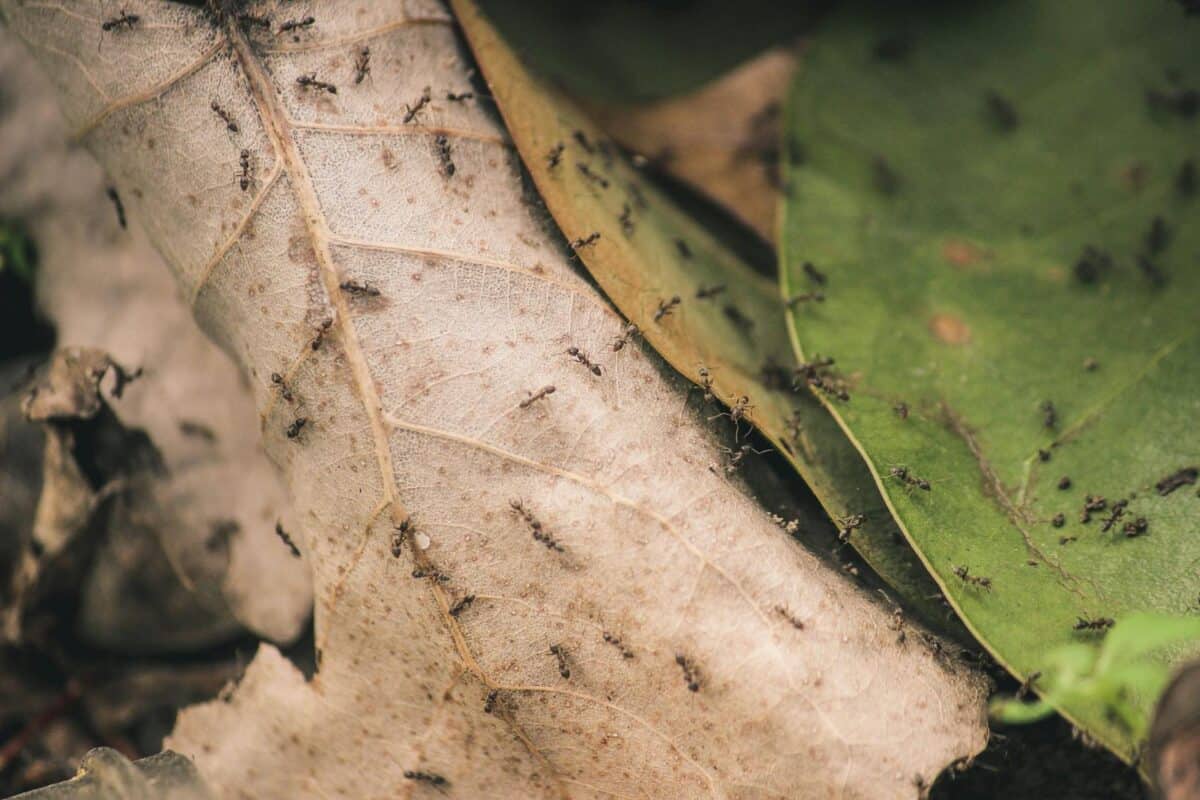
Autothysis, from the Greek words for “self” and “sacrifice,” represents one of the most extreme forms of altruism in nature. Unlike stinging insects that may die after attacking but don’t explode by design, exploding ants have evolved specifically to self-destruct as their primary defense mechanism. This behavior typically occurs among older worker ants, who have already contributed to the colony and whose individual sacrifice provides the greatest benefit to their genetic relatives. The process is deliberate and controlled—the ant positions itself near enemies, contracts powerful abdominal muscles, and ruptures along genetically predetermined breaking points in its exoskeleton. While this action guarantees the ant’s death, it significantly increases the colony’s chance of survival. From an evolutionary perspective, this extreme form of kin selection makes sense: by sacrificing one individual, many genetically related ants—including the reproductive queen—may survive, allowing the colony’s genes to continue.
Tactical Deployment: When Ants Choose to Explode

Exploding ants don’t detonate indiscriminately—they display remarkable tactical decision-making in their sacrificial behavior. Research has shown these ants employ a graduated response system to threats. Minor disturbances might elicit warning signals or conventional defensive postures, while only significant threats to the colony trigger the explosive response. Interestingly, these ants often position themselves strategically at colony entrances, serving as living booby traps. When predators or competing ants attempt to invade, these “kamikaze” defenders explode to block narrow passageways with their toxic secretions, effectively creating chemical barriers. Some scientists have observed that these ants seem to evaluate threat levels collectively, with multiple defenders exploding simultaneously during major attacks. This coordinated defense suggests sophisticated communication systems and decision-making processes that maximize the effectiveness of each sacrifice. The ants appear to “know” when their individual sacrifice will provide the greatest benefit to the colony’s overall survival.
Colonial Organization: Special Roles of Exploding Soldiers
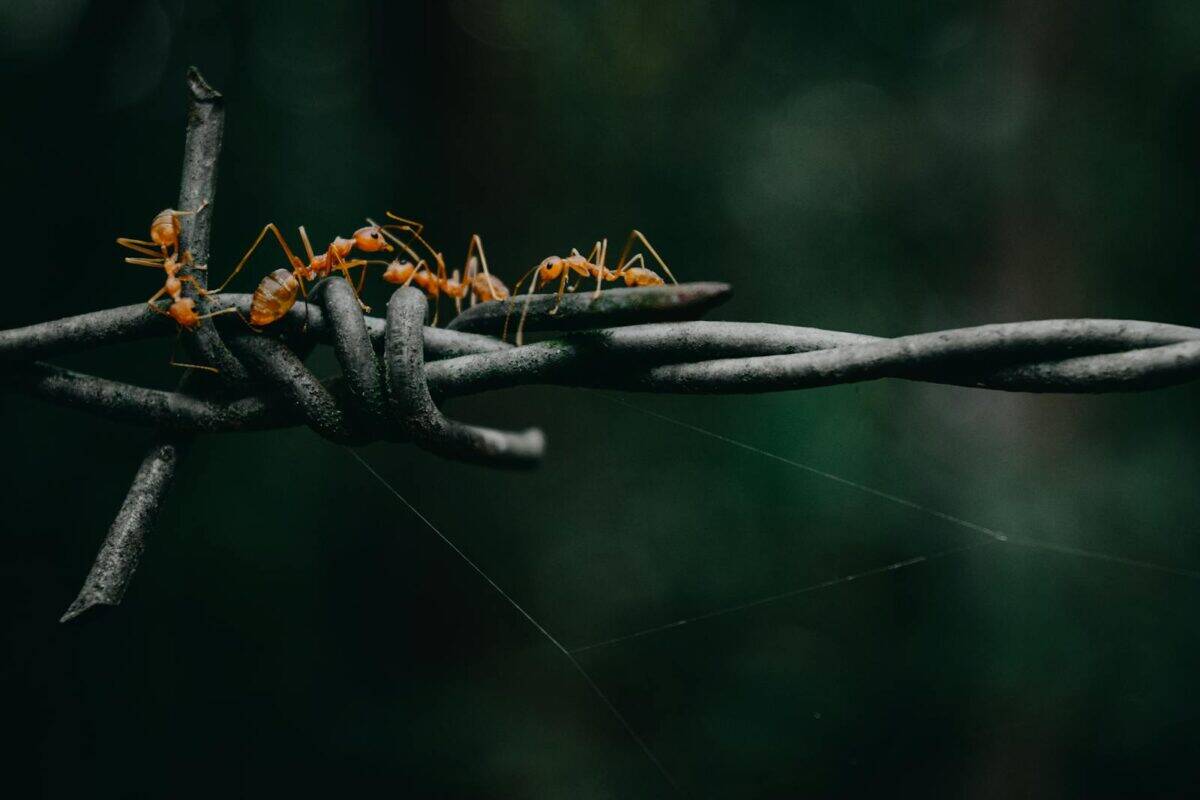
Within the complex social structure of exploding ant colonies, specialized roles have evolved that maximize defensive capabilities. The colonies feature polymorphic workers, meaning different ant castes with distinct physical characteristics and responsibilities. The “minor” workers focus on foraging and colony maintenance, while “major” workers, also called soldiers, are primarily responsible for defense. These soldiers have disproportionately large mandibular glands containing more explosive material. Researchers have observed that older soldiers are more likely to perform self-sacrifice, having already contributed to the colony through other functions earlier in their lives. This age-based division of labor represents an evolutionarily efficient allocation of resources. Fascinatingly, some studies suggest that certain workers may be genetically predisposed to become “exploding specialists,” with bodies optimized specifically for this ultimate defensive role, highlighting the sophisticated level of specialization that can evolve within social insect colonies.
Evolutionary Origins: How Did This Behavior Develop?
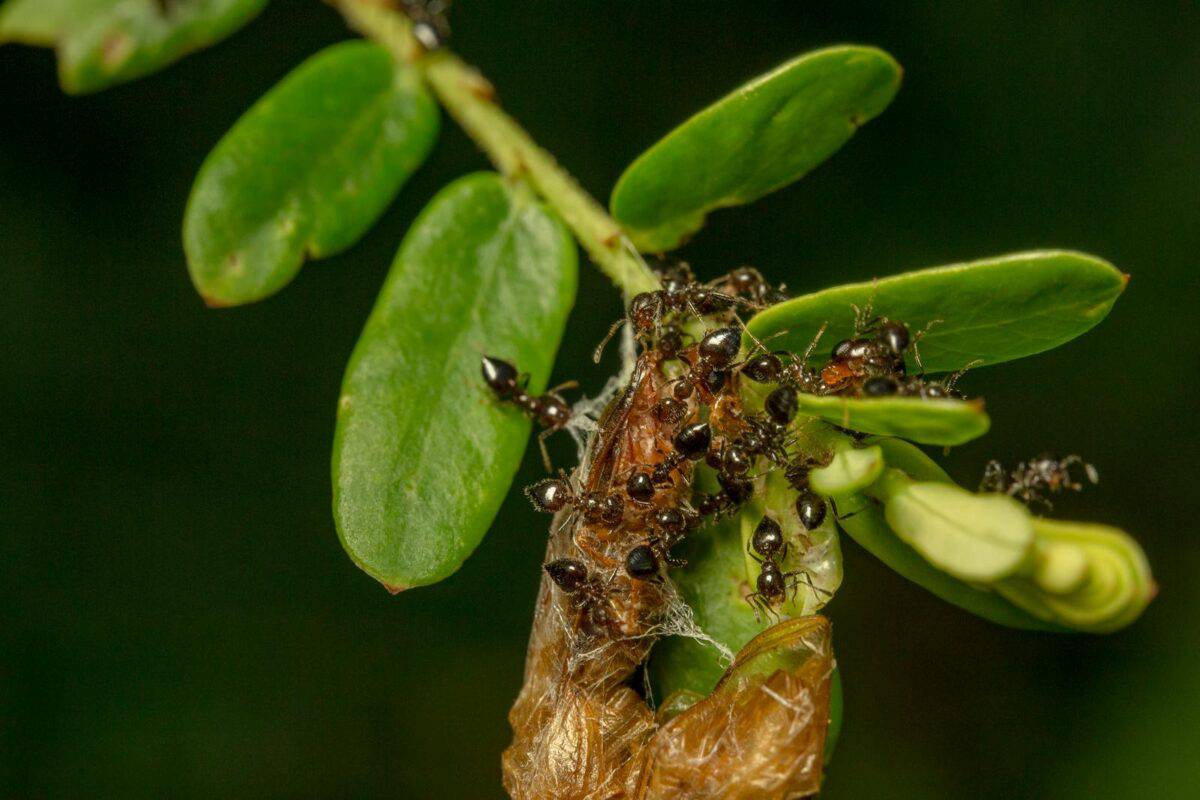
The evolution of explosive self-sacrifice represents a fascinating example of how extreme defense mechanisms can develop through natural selection. Evolutionary biologists theorize that this behavior likely began with ants that could secrete defensive chemicals externally. Over millions of years, colonies with workers capable of releasing larger amounts of these chemicals gained survival advantages. This gradually selected for ants with increasingly large internal reservoirs of toxins and eventually the ability to rupture themselves to deploy these chemicals more effectively. The behavior became fixed in the population because colonies with self-sacrificing workers outcompeted those without this trait. The concept of kin selection explains why such seemingly counterintuitive behaviors can evolve—since worker ants are highly related genetically, sacrificing individual survival can still propagate their genes through their siblings’ success. Exploding ants exemplify how even the most extreme adaptations can emerge when they provide sufficient benefits to genetic relatives, showcasing evolution’s remarkable capacity to produce seemingly paradoxical traits.
Primary Threats and Enemies

Understanding what drives the need for such an extreme defense mechanism requires examining the natural enemies of exploding ants. In the competitive canopy environments of Southeast Asian rainforests, these ants face constant territorial disputes with other aggressive ant species, particularly those in the Crematogaster and Pheidole genera. These competitors frequently attempt to raid nests for resources or territory. Additionally, specialized predators like certain spiders and predatory insects have evolved to hunt canopy ants. Perhaps most significantly, larger arthropods such as weaver ants represent existential threats to colonies. The explosive defense proves particularly effective against these specific enemies, as the sticky toxic compounds can immobilize attacking ants and block access to nest entrances. Some predators have even evolved counter-adaptations, such as specialized behaviors to trigger explosions from a distance or resistance to the toxic compounds. This evolutionary arms race between the exploding ants and their enemies continues to drive adaptations on both sides, exemplifying the dynamic nature of evolution in complex ecosystems.
Recent Scientific Discoveries

In 2018, a scientific expedition in Borneo led to groundbreaking new discoveries about exploding ants, including the formal description of a new species, Colobopsis explodens. This research revealed previously unknown details about the explosive mechanism, including the precise anatomical structures that rupture during autothysis. Advanced chemical analysis identified over fifteen different compounds in the toxic secretion, some with potential pharmaceutical applications due to their antimicrobial properties. Using high-speed video technology, researchers documented the explosion process in unprecedented detail, showing that the rupture occurs at specific structural weak points in the ant’s exoskeleton that evolved specifically to facilitate this behavior. Additionally, genomic studies have begun identifying the genetic basis for this extreme adaptation, with scientists discovering genes unique to exploding ant species that regulate the development of their specialized mandibular glands. These recent findings have renewed scientific interest in these remarkable creatures, highlighting how much remains to be learned about one of nature’s most dramatic examples of altruistic defense.
Conservation Status and Environmental Threats
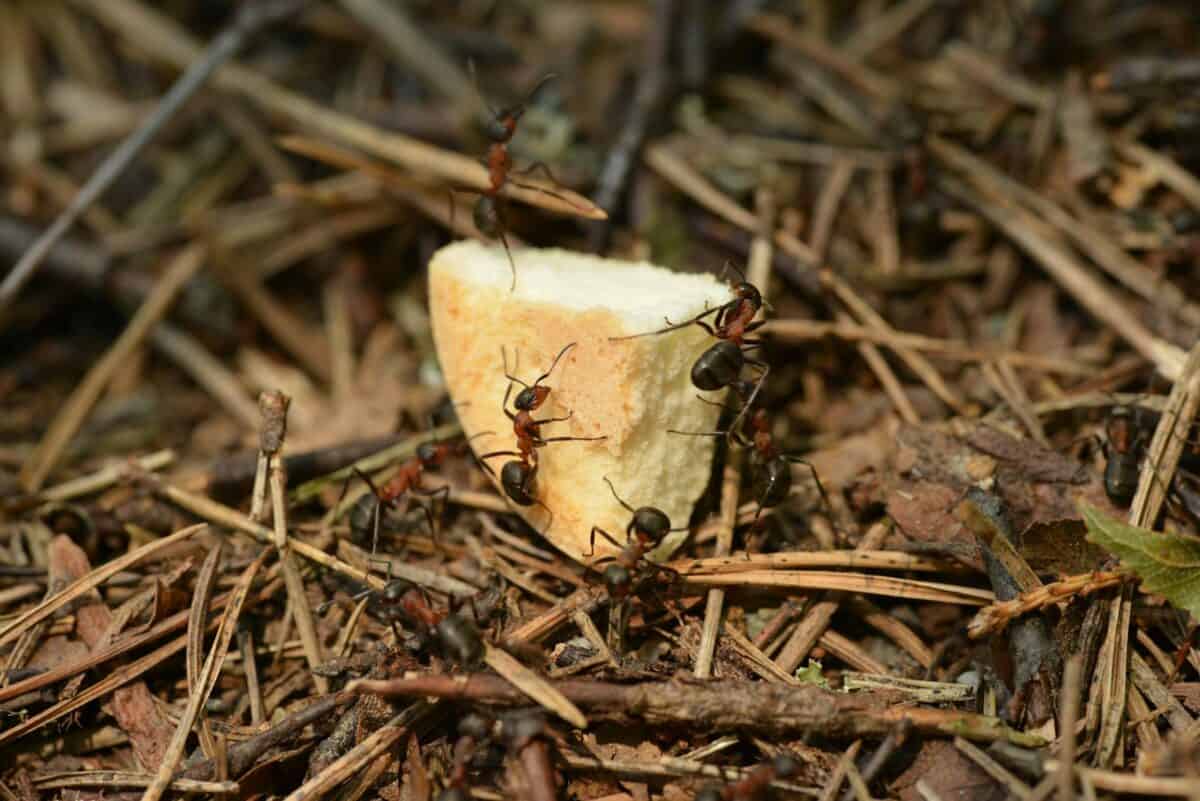
The specialized nature of exploding ants makes them particularly vulnerable to environmental changes. While not yet officially listed as endangered, these remarkable insects face significant threats from habitat destruction across Southeast Asia. Deforestation for palm oil plantations, timber harvesting, and urban development has dramatically reduced the rainforest canopy habitats these ants require. Climate change poses additional challenges, as the altered rainfall patterns and temperature regimes may disrupt the delicate ecological balance these specialized species depend upon. Pesticide use in agricultural areas adjacent to forests can also impact populations, even in ostensibly protected areas. Conservation biologists have highlighted exploding ants as potential indicator species whose presence reflects overall ecosystem health. Their extreme specialization and complex social structures make them particularly sensitive to ecological disruptions. Unfortunately, comprehensive population surveys remain incomplete, making it difficult to assess their true conservation status. Some researchers advocate for special protections for areas with known populations of these evolutionarily unique creatures before we lose the opportunity to fully understand their remarkable adaptations.
Cultural Significance and Human Awareness
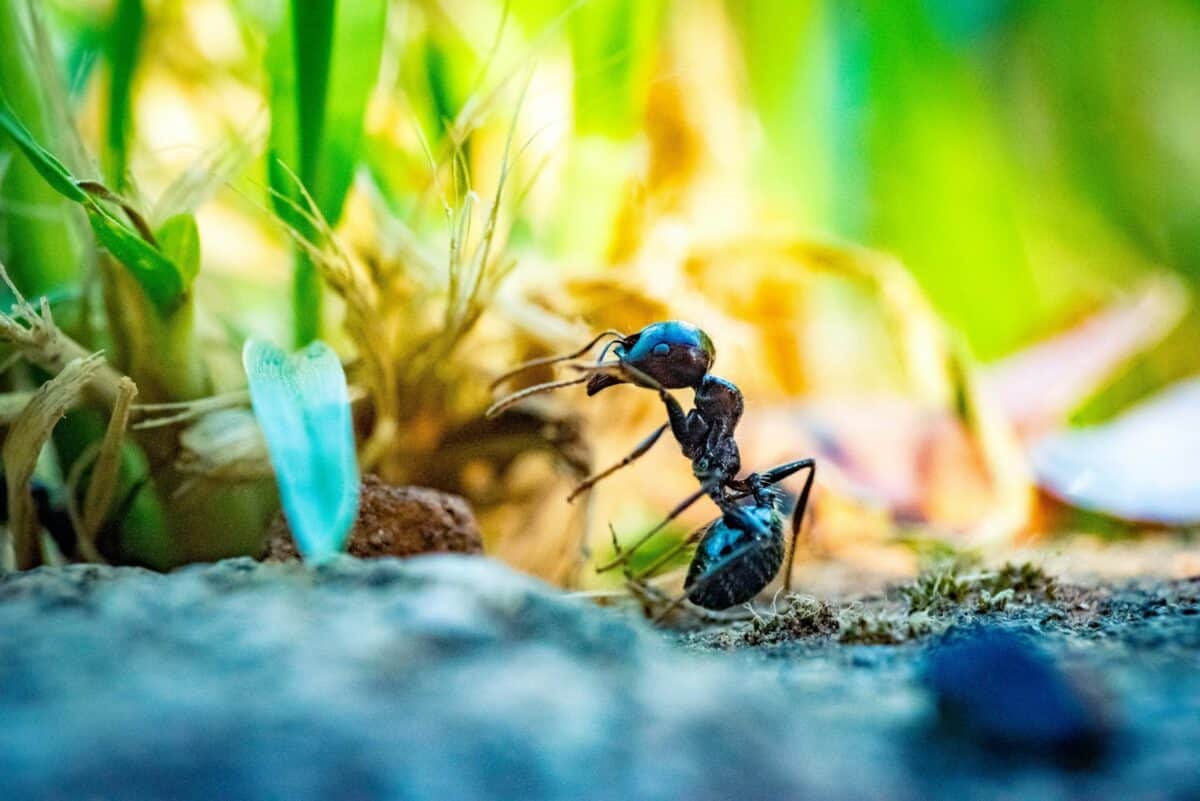
Exploding ants have captured human imagination beyond scientific circles, appearing in popular science publications, nature documentaries, and even inspiring creative works. Indigenous communities in Southeast Asia have long been aware of these unusual insects, with some traditional ecological knowledge incorporating observations of their explosive behavior. In Malaysia and Indonesia, local names for these ants often translate to phrases like “yellow back bombers” or “suicide ants,” reflecting centuries of awareness of their unique defense mechanism. The dramatic nature of their self-sacrifice has made them popular subjects in educational materials about biodiversity and altruism in nature. Some contemporary artists and writers have used exploding ants as metaphors for selflessness and community defense in various works. Despite this cultural presence, public awareness of these remarkable creatures remains relatively limited compared to more charismatic endangered species. Conservation organizations occasionally feature exploding ants in campaigns highlighting the extraordinary biodiversity being lost to deforestation in Southeast Asia, attempting to generate broader public support for rainforest protection efforts.
Conclusion: Nature’s Ultimate Defenders

The exploding ant represents one of nature’s most extraordinary examples of evolutionary adaptation and altruistic behavior. Through millions of years of natural selection, these remarkable insects have developed the ultimate defense mechanism—sacrificing individual lives for the greater survival of their colonies. Their ability to rupture their own bodies to deploy toxic chemicals against threats demonstrates the remarkable extents to which evolution can shape specialized defensive traits. As we continue to study these fascinating creatures, they provide profound insights into concepts like kin selection, evolutionary arms races, and the development of extreme specialized adaptations. The story of the exploding ant serves as a powerful reminder of the incredible diversity of survival strategies that have evolved on our planet, and why preserving the habitats where such remarkable species live is crucial for maintaining Earth’s biological heritage and the countless evolutionary innovations we have yet to fully understand.
- 10 Times Lightning Strikes Changed History - August 13, 2025
- Why Sloths Spend Most of Their Lives Hanging Upside Down - August 13, 2025
- Meet the World’s Largest Wolf Ever Recorded – Its Size is Unreal! - August 13, 2025

